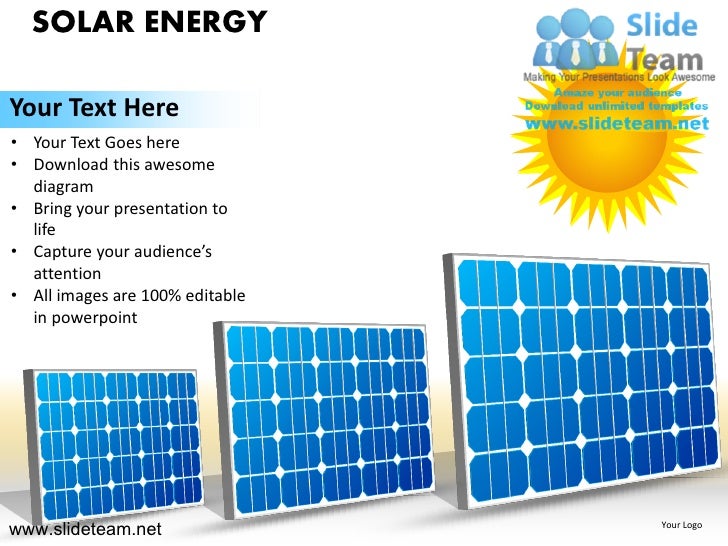

Due to the steps like convective self-assembly and subsequent evaporation at the time of spinning results in dense layers. In one step solution processing, a methylammonium halide and lead halide can be dissolved in a solvent and can be spin coated onto a substrate. The formamidinium lead trihalides and methylammonium lead trihalides have been made by availing a variety of solvent methods and vapor deposition methods they have the strength of scaling up with relative feasibility. Well, the inorganic-organic perovskite material can be generated with the easy methods of wet chemistry in a lab that has a traditional lab environment. Because the traditional solar cells need costly and multistep processing and this has to be conducted at a high temperature of fewer than 1000 degrees centigrade in a high vacuum in a unique clean room with all the required facilities. Perovskite solar cells have a benefit in their processing over the traditional silicon solar cells. In the recent advancement, the solar cells which are based on heterostructures and transition metal oxides perovskites like are studied. The solar cells which are based on tin perovskite absorbers like have also shown the efficiencies of low power conversion. The initial on perovskite in a solar cell which is in a solid state was in a dye-sensitize cell availing as an absorber and P-type hole transport layer.

has also shown the band gap 1.5eV and 2.2eV. The methylammonium lead trihalide has an optical band gap between 1.5eV and 2.3eV depending on the content of halide. The usually studied perovskite absorber is (methylammonium lead trihalide) where X is a halogen atom like iodine, bromine, and chlorine. The crystal structure of the absorber material is referred as perovskite structure and from this the name of perovskite solar cell is derived.
#Solarcell related ppt presentation pdf#
Photovoltaic Solar Cell PPT and PDF Report Perovskite solar cells became very attractive commercially because of its potential to achieve even more efficiencies of the solar cells and also because of the very low and affordable production costs. The efficiencies of the solar cells of the machines availing these materials have enhanced from 3.8% in the year of 2009 to 22.1% in the year of 2016 and have made this the fastest developing solar applied science to date. Perovskite materials like methylammonium lead halides are affordable to generate and also easy to manufacture. A perovskite structured compound is a hybrid organic-inorganic lead or tin halide-based material and also has the active layer for harvesting the light. A perovskite structured compound is present in perovskite solar cell.


 0 kommentar(er)
0 kommentar(er)
